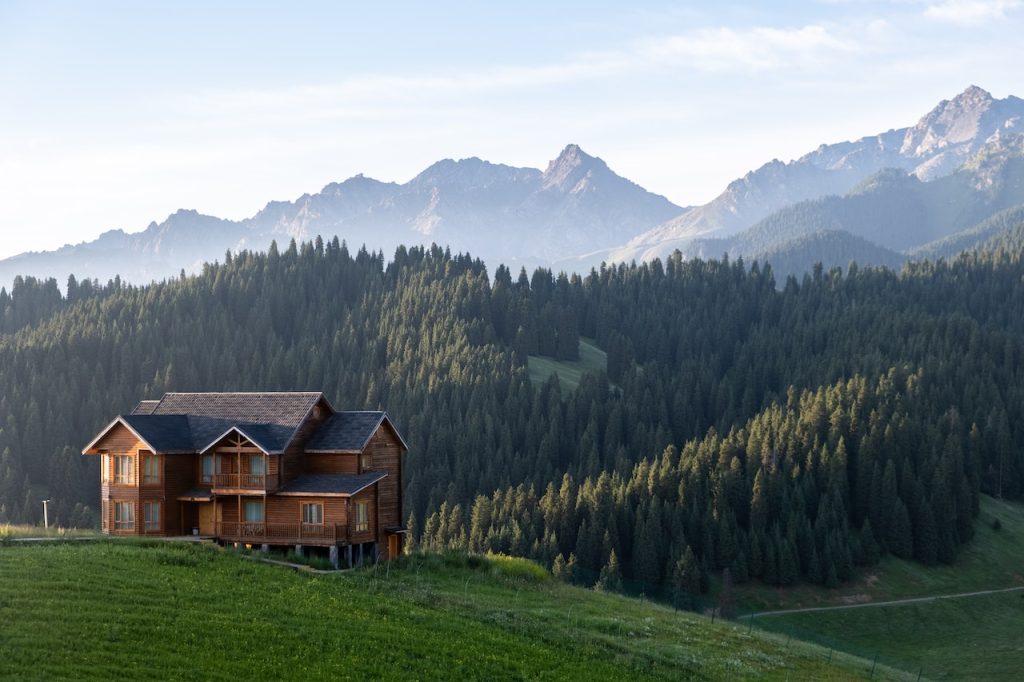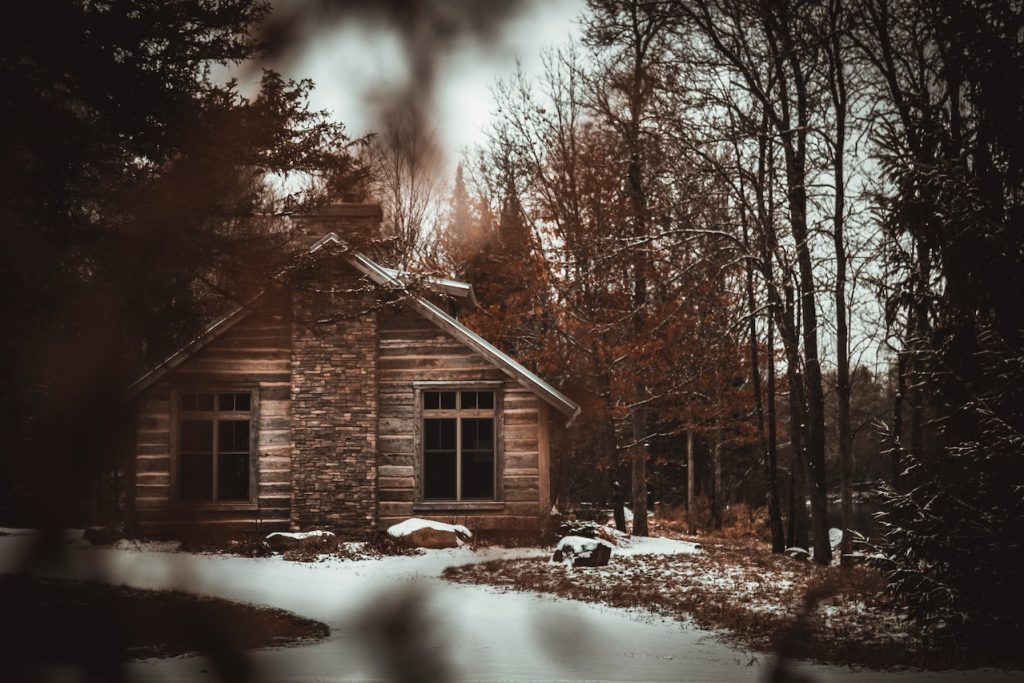Living off the grid has been one of the most rewarding experiences of my life. One of my favorite aspects of this lifestyle is being able to create a lush and sustainable garden right in my own backyard. Through trial and error, I have learned valuable tips and tricks for maximizing the potential of my garden while minimizing my impact on the environment. If you are looking to create your own sustainable oasis, look no further! In this article, I will share with you some innovative and eco-friendly ways to turn your backyard into a thriving garden paradise.
First and foremost, it’s essential to start with the soil. Building healthy soil is the key to a successful garden, as it provides essential nutrients for your plants to thrive. One of the best ways to improve soil health is by adding organic matter, such as compost or manure. Composting kitchen scraps and yard waste not only reduces waste but also creates nutrient-rich soil for your garden. Additionally, consider planting cover crops in the fall to protect and nourish the soil during the winter months.
When it comes to choosing plants for your sustainable garden, opt for native species that are well-adapted to your local climate and soil conditions. Native plants require less water and maintenance, which is not only good for the environment but also saves you time and effort in the long run. Plus, native plants attract local wildlife, such as pollinators and birds, creating a balanced and thriving ecosystem in your backyard.
Incorporating permaculture principles into your garden design is another fantastic way to promote sustainability. Permaculture is a design approach that mimics the patterns and relationships found in natural ecosystems. By incorporating elements such as rainwater harvesting, companion planting, and mulching, you can create a self-sustaining garden that requires minimal inputs and produces high yields. Plus, permaculture gardens are beautiful and diverse, making them a joy to spend time in.
Pro tip: When designing your garden, consider creating different microclimates to accommodate a variety of plants. For example, plant heat-loving crops such as tomatoes and peppers in a sunny, sheltered spot, while shade-tolerant plants like lettuce and spinach can thrive in a cooler, shadier area. This way, you can maximize the use of space and grow a wide range of plants in your backyard.
Water conservation is another crucial aspect of sustainable gardening. One of the best ways to reduce water usage in the garden is by installing a rainwater harvesting system. Collecting rainwater in barrels or cisterns not only reduces your reliance on municipal water sources but also provides a free and abundant source of water for your plants. Additionally, using drip irrigation or soaker hoses instead of overhead sprinklers can help minimize water wastage by delivering water directly to the roots of plants where it is needed most.
When it comes to pest control, opt for natural and non-toxic methods to protect your garden. Avoid using chemical pesticides and herbicides, as these can harm beneficial insects, pollinators, and soil health. Instead, encourage natural predators such as ladybugs, lacewings, and birds to keep pest populations in check. Additionally, companion planting and crop rotation can help deter pests and prevent the spread of disease in your garden.
In conclusion, creating a lush and sustainable garden in your backyard is not only beneficial for the environment but also a rewarding and enjoyable experience. By following these eco-friendly practices and principles, you can cultivate a thriving garden that nourishes both your body and soul. So grab your gardening gloves and get ready to dig in – your sustainable oasis awaits!
Pro tip: Don’t forget to take time to observe and connect with your garden regularly. By tuning into the rhythms of nature and paying attention to the subtle changes in your plants, you can deepen your understanding of your garden and foster a deeper sense of connection with the earth. Happy gardening!



